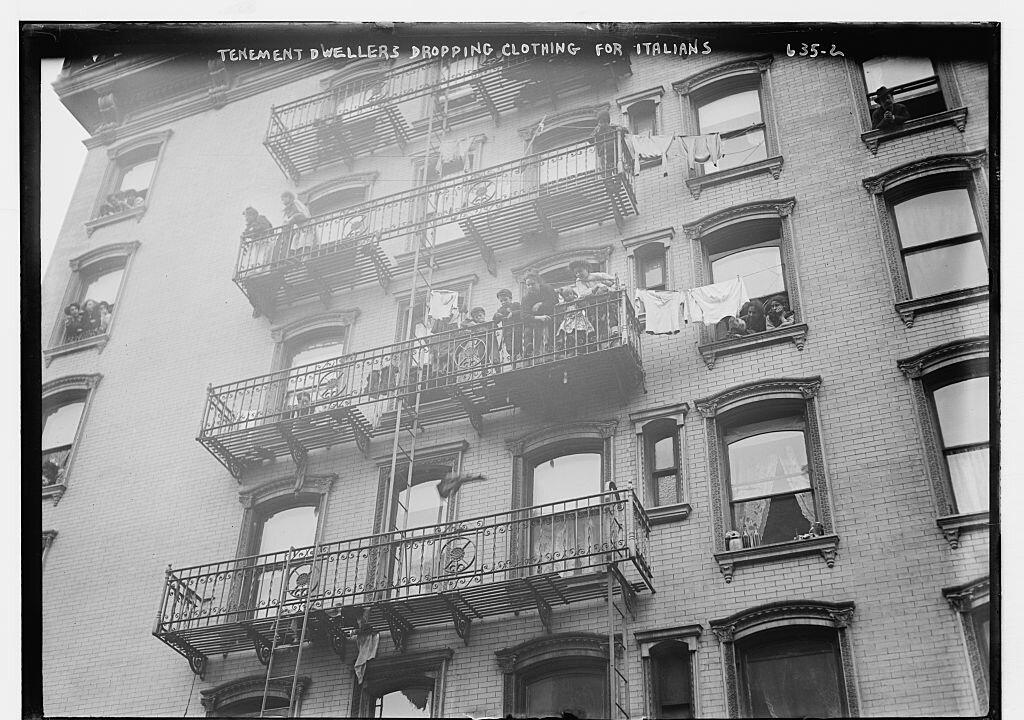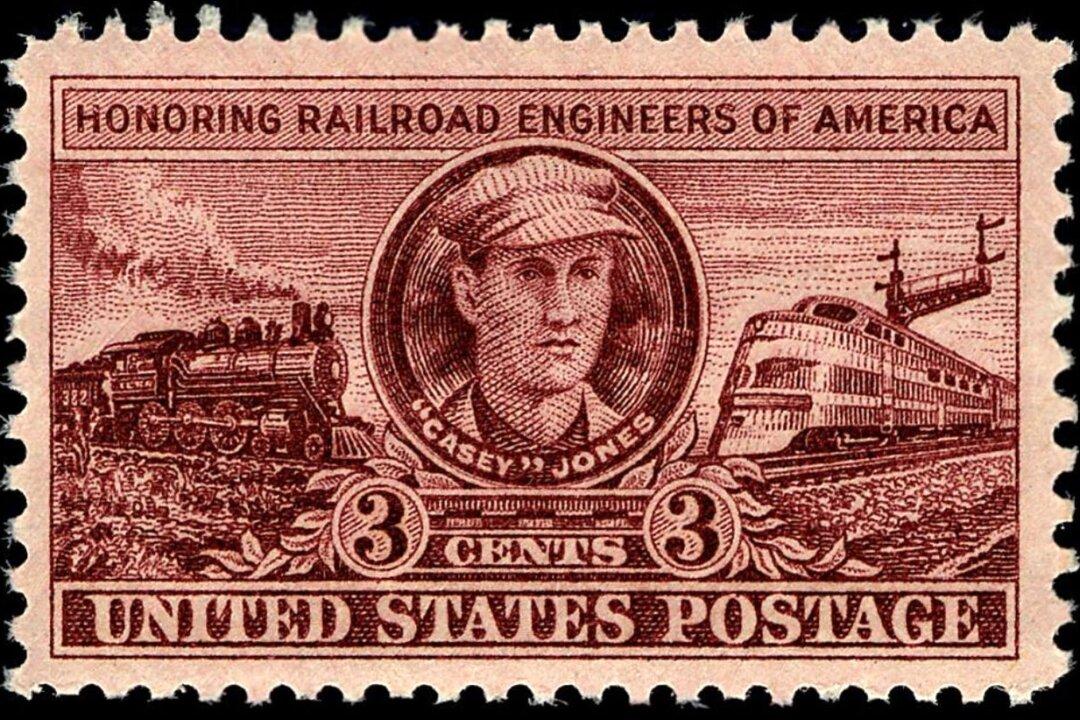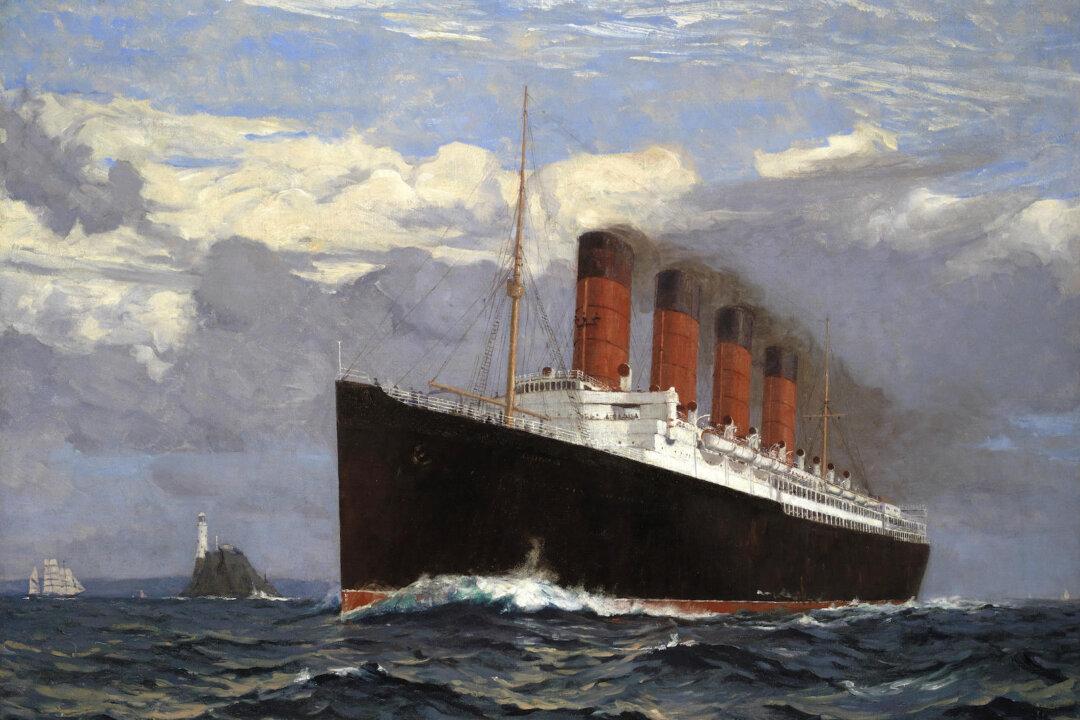Days before an important conference in 1923, Arthur Compton was sitting in his room late one night. He was exhausted, but his mind kept racing about what his discovery meant. He knew that his theory would be huge, bigger than anything he had discovered in the past. Then he prayed.
Deeply religious his whole life, Compton considered missionary work before going to college, but his father had seen his son’s genius for scientific inquiry even at a young age. When he was 12, Compton developed a fascination for astronomy. At 17, he took a picture of Haley’s Comet using a homemade camera.






